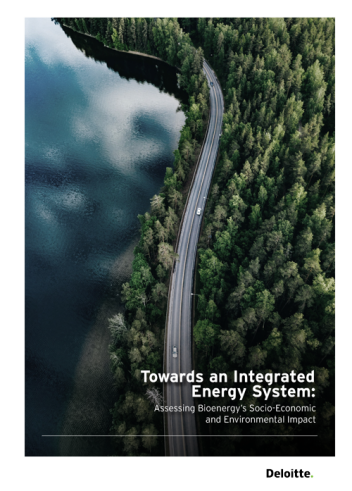Towards an Integrated Energy System: Assessing Bioenergy’s Socio-Economic and Environmental Impact
Bioenergy is a very versatile and flexible solution that can assist the main challenges of achieving climate neutrality by 2050 with job creation and economic growth. Each additional Mtoe of biomass for energy could lead to an impact of 359 million euros in terms of GDP and an employment creation of 7.376 Full-Time Equivalent (FTE), on average, while preventing 2,4 MtCO2eq emissions due to the replacement of fossil fuels for energy.
Currently, millions of citizens rely on bioenergy to heat their homes, not only through individual heating systems but also through collective systems, such as district heating. Moreover, many industrial processes, especially within wood-related industries, such as the paper and pulp industries, rely on reusing their residues to supply energy to their processes. In the future, the number of citizens and industries that rely on the use of bioenergy will increase as further development of this renewable source is required to achieve the EU emissions targets for 2030 and 2050.

Deloitte has analysed the future role of bioenergy in achieving climate neutrality, as well as its contribution to society considering the socio-economic and environmental impacts not only today but also on the 2050 horizon. The assessment carried out estimates the impact of bioenergy on the economy in terms of GDP and employment creation, paying particular attention to its effect on the rural environment, while also considering the impacts of bioenergy on the mitigation of carbon emissions, the contribution to forest health, the security of the energy supply and the development of a circular economy as well as the complementarities of bioenergy with other renewable energies and the adoption of clean hydrogen solutions.
Related Posts
No related photos.




